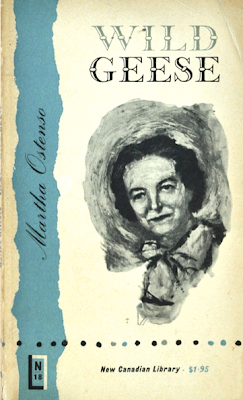The Kidnapping of the President
Charles Templeton
Toronto: McClelland & Stewart, 1974
Charles Templeton [...] will probably have some idea by mid-November whether he is launched on yet another successful career, this time as a novelist. His meticulously researched first novel, The Kidnapping of the President (McClelland and Stewart), comes out in October; within, say, 90 days from now he'll know whether he's another Arthur Hailey or just a guy who once wrote a novel.
— Robert Fulford, The Windsor Star, 6 September 1974
It took at lot less than ninety days.
The Kidnapping of the President entered bestseller lists in the month of its release, then fought Richard Rohmer's
Exxoneration and Frederick Forsyth's
The Dogs of War to become the top novel of the gift giving season.
Its title pretty much says it all, but I'll expound a bit:
President Adam Scott looks to make gains in the 1978 mid-terms by holding a rally in New York's Herald Square, while Marxist Guatemalan terrorist Roberto Moreno and girlfriend Linda Rodriguez see an opportunity to further their cause. Disguising themselves as Brink's guards, they manage to hustle the President into an armoured truck and race toward Times Square. Linda is dropped off at the subway and, incredibly, manages to blend in with the crowd. Moreno emerges to give himself up, telling the secret service that someone somewhere (this would be Linda) holds a remote control device that can blow up the truck, the President and the ever-gathering crowd.
Hayseeds will appreciate these visual aids from first edition:
Robert Fulford described
The Kidnapping of the President as a meticulously researched first novel. Therein lies its greatest flaw. The author shares a whole lot about the Constitution of the United States, its Twenty-fifth Amendment, and the construction of armoured trucks, but this only serves to slow the pace; expending three of 237 pages on presidents who died in office and their respective vice-presidents seems a needless waste.
Though
The Kidnapping of the President was written with an eye on the massive American market, Canadians will find some things with which they can relate, like the upbringing of the Saskatchewan born Director of the FBI, the Vice-President's Newfoundland fishing trip and the acknowledged ingenuity of the RCMP. Templeton had a bit of fun with news anchor
Robertson Kirk and, I think, Art R.
Eagleson, whose chick hatchery the Secretary of Agriculture is visiting on the day of the abduction. I really don't know what to make of
Gerry Regan, "Special Agent in Charge of the White House Detail", who in 1974 shared his name with the Premier of Nova Scotia.
This first edition of Templeton's first novel features three blurbs, the first of which comes courtesy of political strategist Dalton Camp. "I guess this must be the biggest caper in Canadian fiction...", writes my favourite Red Tory.
Guess so.
Camp was no literary critic, but I think he had this book pegged. Nearly four decades after it was published,
The Kidnapping of the President remains the great Canadian caper novel... but that's not saying a whole lot.
Q&A:
Q: How tempting is this?
A: Not tempting at all.
Trivia (personal): Amongst those tasked with guarding the President is Secret Service agent Gil Busby. He very nearly thwarts the kidnappers' plan with his suspicions about Moreno, but is sidetracked by a collapsing barricade from which he rescues a young girl.
Good man, that Busby.
Agent Busby is only the second character with my surname that I've encountered in Canadian literature. The first, whistling Sgt Calvin Busby, is found in Earle Birney's
Turvey (1949).
Object: A slim hardcover, my first edition – signed by the author – I purchased my copy in 1991 from a Montreal Salvation Army Thrift Store. Price: $2.
Access: The Kidnapping of the President is long out of print – the most recent edition I could find was Seal Books' 1980 movie tie-in – but it still makes a great Christmas gift. The McClelland and Stewart first edition can be had in Very Good condition for one dollar. Expect to pay more – but not much more – for the 1975 Simon & Schuster American first, the 1976 Quartet British first, and the mass market editions from Avon (1975) and Seal (1980). There are dozens of copies to be had for under five dollars. Ignore the bookseller trying to sell a "Good" copy of the Simon & Schuster edition for $74.99.
Related post:










































